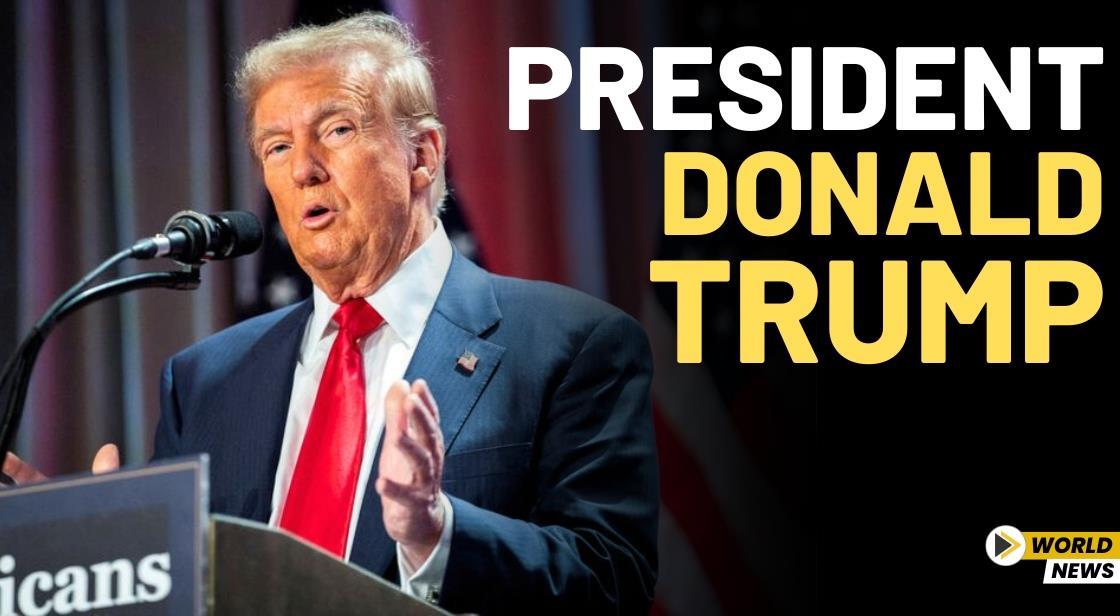President Trump Introduces Tariff Credits to Support U.S. Automakers

News Synopsis
In response to mounting concerns from the automotive sector, President Donald Trump has signed an executive order aimed at softening the effects of the previously imposed 25% tariffs on imported vehicles and auto parts. This move comes after significant pushback from automakers who argued that the tariffs threatened domestic manufacturing and could lead to higher consumer prices.
Introduction of Tariff Credits for Domestic Assembly
The executive order introduces a credit system for automakers, allowing them to offset tariffs based on the value of vehicles assembled domestically. Specifically, companies can receive credits equivalent to 3.75% of the Manufacturer's Suggested Retail Price (MSRP) of U.S.-assembled vehicles sold between April 3, 2025, and April 30, 2026.
This credit decreases to 2.5% for vehicles sold from May 1, 2026, to April 30, 2027. These credits can be applied against the value of imported parts, providing temporary relief as companies adjust their supply chains.
Exemptions and Continued Restrictions
In addition to the credits, the order stipulates that vehicles and parts subject to the 25% tariffs will no longer be concurrently subjected to other tariffs, including the 25% duties on Canadian and Mexican goods, as well as tariffs on steel and aluminum. However, this relief does not extend to Chinese parts, which remain subject to a minimum of 145% tariffs, reflecting ongoing trade tensions between the U.S. and China.
Industry Response and Ongoing Challenges
Major automakers have expressed cautious optimism regarding the tariff adjustments. General Motors CEO Mary Barra stated, “We believe the president’s leadership is helping level the playing field for companies like GM and allowing us to invest even more in the U.S. economy.”
Ford CEO Jim Farley acknowledged the relief but emphasized the need for further trade policy reforms to foster growth in the domestic auto industry.
Despite these measures, uncertainty persists within the industry. General Motors has withdrawn its annual forecast, citing the unpredictable nature of trade policies. Similarly, Stellantis and Mercedes-Benz have suspended their profit forecasts due to the volatile tariff environment.
Economic Implications
The broader economic impact of the tariffs has been significant. The U.S. economy contracted at an annualized rate of 0.3% in the first quarter of 2025, marking the first decline in three years. Analysts attribute this downturn primarily to the sweeping tariff policies, which have created economic uncertainty and disrupted global markets.
Conclusion
President Trump's decision to ease the burden of auto tariffs marks a significant, albeit temporary, shift in U.S. trade policy. By introducing credits for domestically assembled vehicles and allowing partial duty-free imports of auto parts, the administration aims to give automakers time to realign their supply chains while continuing to promote domestic manufacturing.
While major automakers like GM, Ford, and Stellantis have welcomed the move, they remain cautious due to the ongoing volatility of tariff policy. The exemption from overlapping levies, such as those on steel, aluminum, and North American goods, offers added short-term relief. However, the continued exclusion of Chinese parts underscores unresolved tensions with Beijing.
The auto sector's future now hinges on how companies respond to these incentives and whether the broader policy environment stabilizes. With economic growth already showing signs of slowing, this move could help prevent further disruption—if followed by consistent and predictable trade decisions.









